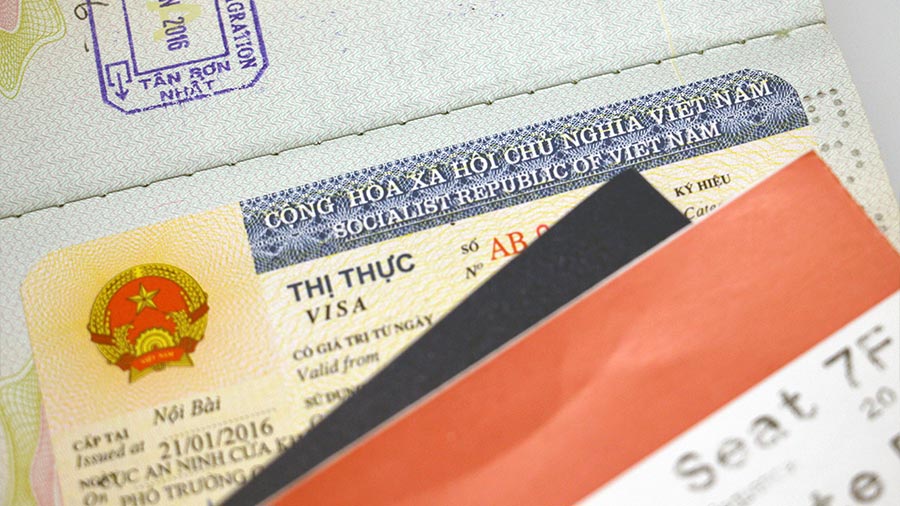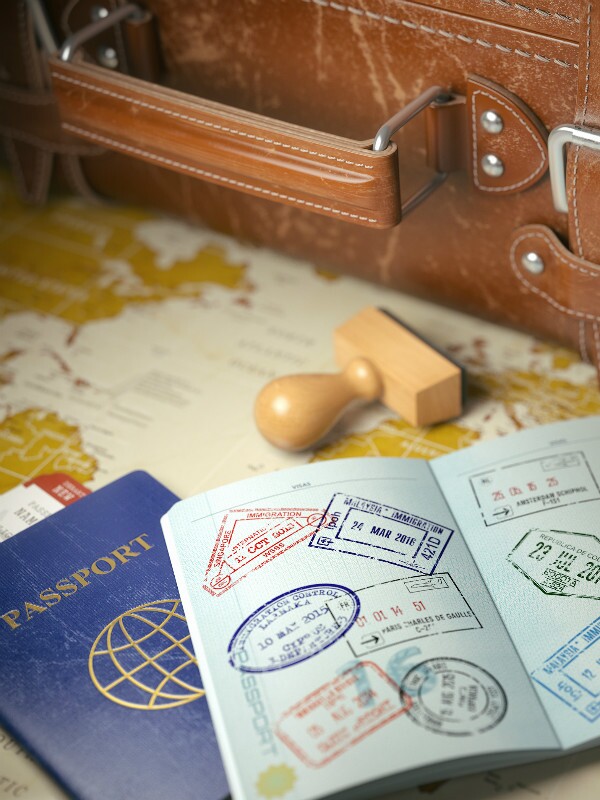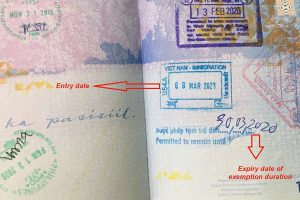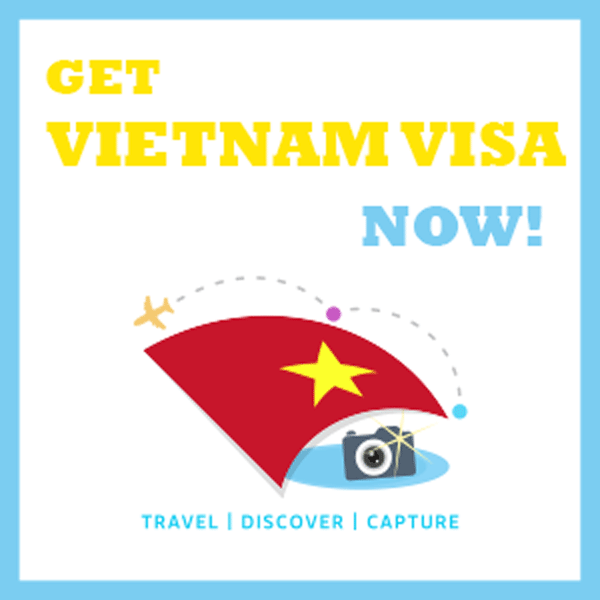Are you planning a trip to Vietnam in 2023? If so, it’s important to know whether your nationality requires a visa to enter the country. Vietnam has visa exemption agreements with many countries around the world, allowing citizens of those nations to visit without a visa for certain periods of time. In this article, we’ll cover everything you need to know about Vietnam visa exemption and how to apply for a visa if necessary.
Table of Contents
Vietnam Visa Exemption

If you’re a citizen or national of a country that has a visa exemption agreement with Vietnam, you can visit the country without a visa for a set period of time. The length of time you can stay without a visa varies depending on your nationality. Below is a list of the countries and regions that have Vietnam visa exemption arrangements:
Visa-free for 30 days:
- Laos
- Cambodia
- Thailand
- Malaysia
- Indonesia
- Singapore
Visa-free for 21 days:
- Philippines
Visa-free for 15 days:
- Japan
- South Korea
- Denmark
- Russia
- Sweden
- Norway
- Finland
- UK
- France
- Germany
- Italy
- Spain
Visa-free for 14 days:
- Brunei
- Myanmar
It’s important to note that if you’re a citizen of one of these countries and wish to re-enter Vietnam under the visa exemption program again, the second visit cannot be earlier than 30 days from the first visit.

Exception:
Visitors to Phu Quoc Island may stay without a visa for no more than 30 days.
If your nationality isn’t on this list or you want to stay longer than the authorized period of stay, you’ll need to arrange a visa. There are two ways to do this: apply in person or by post at a nearby Vietnam embassy, or apply online through travel agents to be issued a visa on arrival at the airport.
Applying for a Vietnam Visa
If you’re not eligible for visa exemption or you want to stay in Vietnam longer than the authorized period of stay, you’ll need to apply for a visa. There are two ways to do this:
1. Apply in Person or by Post
To apply for a visa in person or by post, you’ll need to visit or contact a Vietnam embassy or consulate in your country of residence. The application process will vary depending on the embassy, but you’ll generally need to provide the following documents:
- A valid passport with at least six months validity remaining
- A completed visa application form
- Two passport-sized photos
- Visa fee payment
Once your application is processed, you’ll receive your visa by mail or in person at the embassy.

2. Apply Online for Visa on Arrival
If you don’t have a Vietnam embassy or consulate near you, or if you find the application process too complicated, you can apply for a visa on arrival (VOA) online through a reputable travel agent. This option allows you to receive a visa stamp upon arrival at one of Vietnam’s international airports.
To apply for a VOA, you’ll need to follow these steps:
- Visit a reputable travel agent’s website and fill out the online application form.
- Pay the service fee online using a credit card or PayPal.
- Receive a pre-approval letter via email after 2-3 working days.
- Print out the pre-approval letter and prepare two passport-sized photos and cash payment for the stamping fee.
- Upon arrival at the airport, show your pre-approval letter, photos, and cash payment to the immigration officer, who will then issue your visa stamp.
It’s important to note that a VOA is only valid for air travel, so don’t attempt to enter Vietnam by land or sea without a pre-arranged visa.
Conclusion
Vietnam’s visa exemption policy makes it easy for citizens of many countries to visit the country without a visa. However, if you’re not eligible for visa exemption or want to stay longer than the authorized period of stay, applying for a visa is simple and straightforward. Whether you choose to apply in person or online, make sure to follow all instructions carefully and allow plenty of time for processing. With your visa in hand, you’ll be ready to enjoy all that Vietnam has to offer in 2023.





